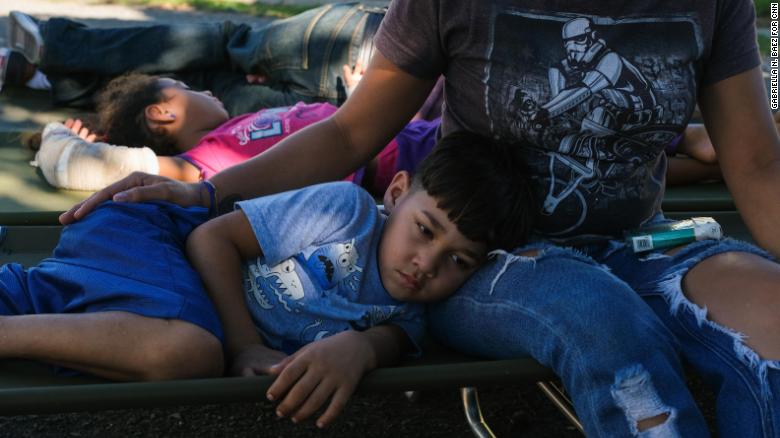A 6.4 magnitude earthquake that killed one person in Puerto Rico
on Tuesday is one of hundreds of tremors that have rattled the island
for more than a week. And experts say the shaking is not over yet.
The
latest earthquake struck during the predawn hours, flattening homes,
knocking out power in some areas and jolting awake terrified residents.
Just a day earlier, a magnitude 5.8 quake hit off the island's
southwestern coast.
Since December 28, more than 500 earthquakes of magnitude 2 or greater have rattled the area, according to the US Geological Survey. Many of them were relatively shallow, which means they were likely felt on land.
Of the hundreds of earthquakes, 32 were magnitude 4 and above, including the ones Monday and Tuesday.
"Over
the past several weeks, hundreds of small earthquakes have occurred in
this same region, beginning in earnest with a magnitude 4.7 earthquake
late on December 28 and a magnitude 5.0 event a few hours later," the
USGS said.
"With the exception of the latest two earthquakes ... none are likely to have caused significant damage," it added.
Puerto Rico sits on an unusual spot, which makes its vulnerable to earthquakes.
"Tectonics
in Puerto Rico are dominated by the convergence between the North
America and Caribbean plates, with the island being squeezed between the
two," the USGS said. "To the north of Puerto Rico, North America
subducts beneath the Caribbean plate along the Puerto Rico trench. To
the south of the island, ... Caribbean plate upper crust subducts
beneath Puerto Rico at the Muertos Trough."
And the USGS said the latest earthquake could be part of a sequence, which could mean larger and potentially damaging earthquakes in the future.
"Over
the next one week, there is a 7% chance of one or more aftershocks that
are larger than magnitude 6.4. It is likely that there will be many
smaller earthquakes over the next one week," the USGS said. "Magnitude 3
and above events are large enough to be felt near the epicenter."
USGS
Director Jim Reilly said the federal government has improved its
process of predicting aftershocks, and provides more reliable
information.
"After the devastating
Hurricane Maria occurred in Puerto Rico, the federal government
invested in rebuilding damaged seismic stations in the region," Reilly
said. "These stations have made it possible for the USGS and our
partners at the Puerto Rico Seismic Network to provide more accurate and
rapid information about the earthquakes and their possible impacts
along with better forecasts of potentially damaging aftershocks."
https://edition.cnn.com/2020/01/08/us/puerto-rico-region-hundreds-of-earthquakes/index.html



No comments :
Post a Comment